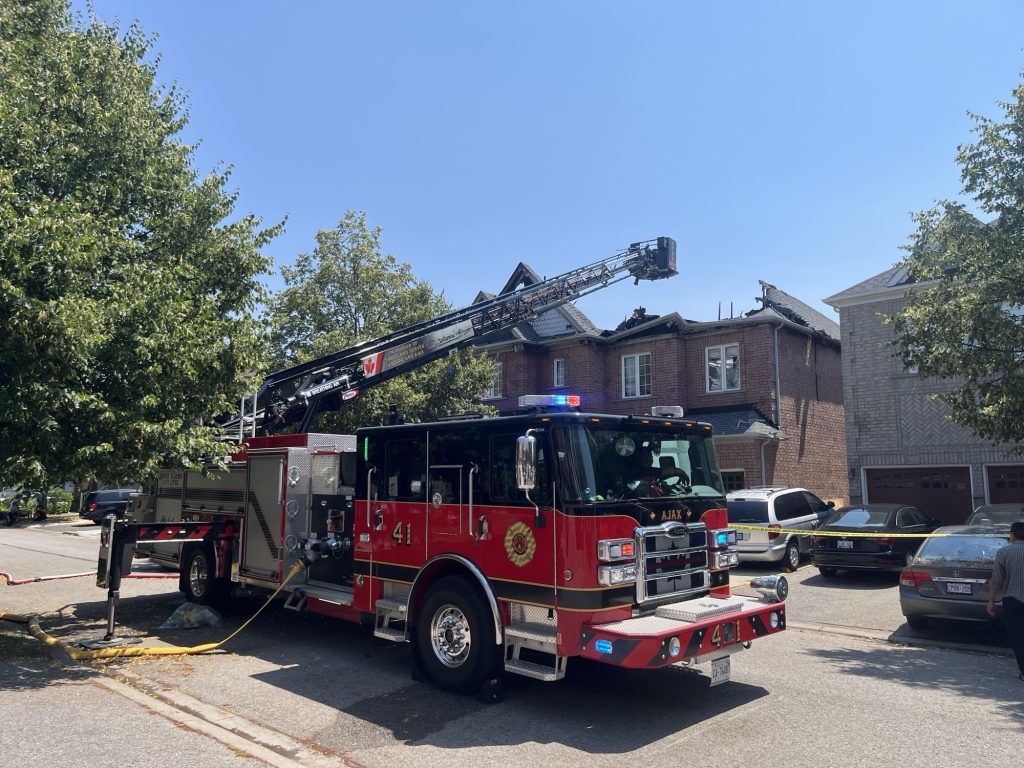Half of the fuel tanks on First Nations reserves did not comply with regulations
Posted March 18, 2015 4:10 am.
Last Updated March 27, 2015 1:35 pm.
This article is more than 5 years old.
OTTAWA – Half the fuel storage tanks that remote First Nations use to power their communities fell short of federal standards meant to prevent leaks and spills, a new document shows.
The Conservative government is spending tens of millions of dollars to bring those fuel tanks into compliance with regulations that Environment Canada established in 2008 and which came into full force four years later.
Newly released documents show the magnitude of the task.
The government is still a bit shy of its goal of getting all the faulty fuel tanks to comply with the regulations, according to a September 2014 briefing note to the deputy minister of Aboriginal Affairs and Northern Development Canada.
“As you know, the department is presently on track with the fuel tank program to address 51 per cent of fuel tanks known to be non-compliant and intends to seek funding for the remaining non-conforming tanks,” the document says.
“The latter includes those not only identified in the fuel tanks survey (2011) but also additional tanks that were not previously accounted for by the survey and those that may have since become non-compliant.”
The Canadian Press obtained the September briefing note and a related slide show from last May under the Access to Information Act.
One of the documents shows the government spent about $61 million between April 2011 and May 2014 to bring 583 tanks into compliance.
Aboriginal Affairs would like to have 750 tanks — which it says represent “approximately 50 per cent of essential tanks on reserve” — in compliance with the regulations by next year.
The department has yet to respond to questions about the tanks.
The 2011 Conservative budget included $45 million spread over four years to help First Nations bring their fuel tanks up to the new standards.
Aboriginal Affairs is also dipping into its own budget to come up with another $34.5 million — which would bring the government’s total planned spending up to $79.5 million.
The department is looking at ways to pay for the remaining fuel tank work once the budget money runs out next year.
Options on the table are to use money from the department’s permanent funding allocations — known as A-base funding — or from the First Nation Infrastructure Fund, according to one of the documents.
Fuel spills can devastate remote First Nations communities that lack the resources or ability to clean them up.
The community of Attawapiskat in northern Ontario had to close its hospital after heating fuel spilled in the basement at the end of November.
— Follow @steve_rennie on Twitter








